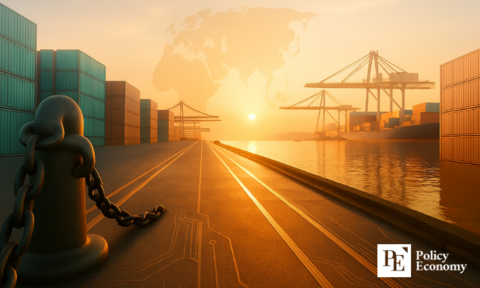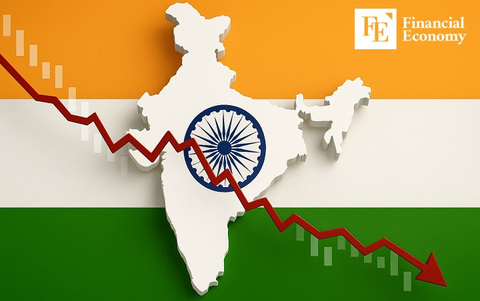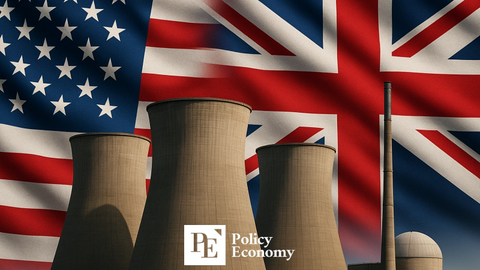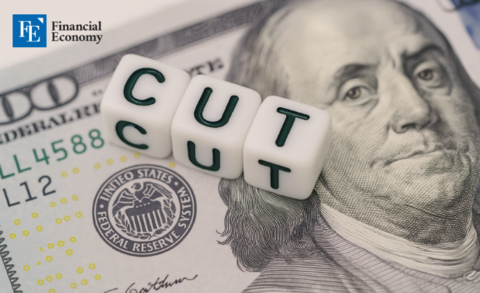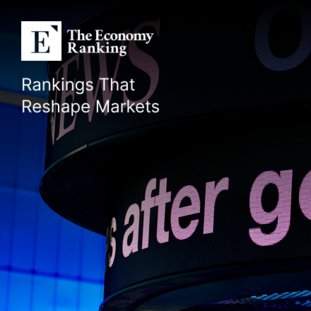“An iPhone Made in the U.S. Would Cost $3,700” — Why Leaving China Remains Difficult Despite U.S. Tariff Blitz
Input
Modified
Is a 'Made-in-America iPhone' Just a Pipe Dream? Amid the trade war, stark differences in U.S.-China manufacturing capacity are on full display. Despite tariff pressures, many companies hesitate to relocate, opting to stay in China.

As U.S. President Donald Trump continues his aggressive trade policies against China, concerns are mounting that a full decoupling of global supply chains—particularly in electronics—could send product prices soaring. A key example is Apple’s iPhone, which could cost approximately $3,500 if it were manufactured exclusively in the United States. Despite political pressure, experts say a complete “exit from China” remains virtually impossible for global firms like Apple.
What If iPhones Were Made Only in the U.S.?
On April 9 (local time), major international outlets reported that Trump’s administration is moving forward with a 125% tariff on Chinese imports. While other countries were granted a 90-day grace period, China was excluded due to its retaliatory tariffs against the U.S. This has reignited fears that electronics—many of which rely heavily on Chinese components or assembly—will see sharp price hikes.
At the center of this concern is Apple. The White House previously suggested that iPhone production could be moved to the U.S. “President Trump believes Apple can bring iPhone production home,” a spokesperson said. U.S. Secretary of Commerce Howard Lutnick echoed this sentiment on CBS, saying, “The days of millions of tiny screws being assembled abroad are coming to an end.”
But industry analysts disagree. According to the Wall Street Journal, which cited Gary Gereffi, a professor emeritus at Duke University, iPhones include components sourced from over 40 countries, with the most critical and complex parts produced across six nations—China being central to that supply chain. To shift production to North America, Apple would need to reconstruct its supplier network and relocate core component manufacturing—a process that would take at least 3 to 5 years and still rely on suppliers in Mexico, Canada, and Western Europe.
Cost is another formidable barrier. Dan Ives, head of global tech research at Wedbush Securities, told CNN that an iPhone built entirely in the U.S. could cost up to $3,500. The Wall Street Journal also noted that assembly, which costs roughly $30 per unit in China, could rise tenfold in the U.S. If display and memory components were also domestically produced, the final price tag would be “astronomical.”
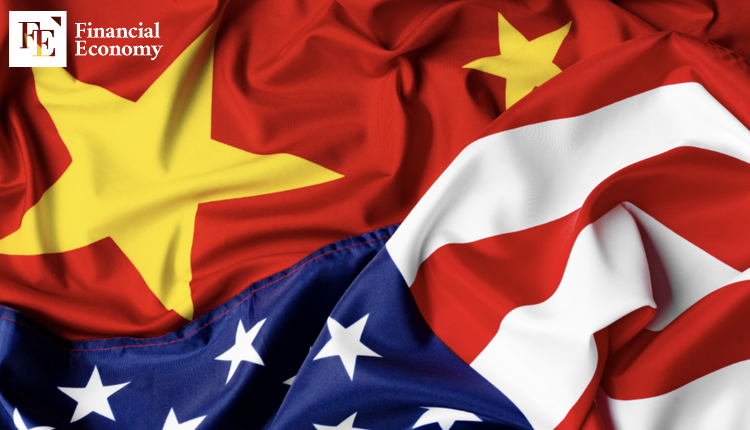
Diverging Paths of Two Manuafacturing Giants: U.S.' and China's Industrial Strategy
Observers say the current crisis underscores the diverging manufacturing trajectories of the U.S. and China. While China’s manufacturing sector has rapidly expanded, the U.S. has seen its industrial base decline—a contrast laid bare by the ongoing tariff war.
Lu Yongxiang, former vice chairman of China’s National People’s Congress and a prominent strategist, wrote last year that “the overall decline of U.S. manufacturing and its waning global competitiveness has become irreversible.” While the U.S. still leads in some advanced sectors, Lu warned that its edge is rapidly eroding.
He attributed this decline to a strategic pivot in American policy: “The U.S. outsourced low-margin, labor-intensive manufacturing to developing nations and focused instead on high-tech R&D and financial services.” The result, he argued, has been “excessive financial bubbles, constant international conflicts, and deepening political polarization—accelerating the shift from a real to a financial economy.”
Lu predicted that if these trends continue, “Made in China” could overtake the U.S. in global leadership by 2035, with China’s economy surpassing that of the U.S. He added that China’s vast labor pool and rapidly growing domestic market make it a “magnet for global talent and international capital.”
Global Firms' Reluctance to Leave China
Paradoxically, Trump’s hardline trade policies appear to be reinforcing China’s position in global supply chains. On April 9, The New York Times reported that the reciprocal tariff strategy has had an unintended effect: making China even more attractive to international businesses.
By imposing high tariffs not only on China but also on alternatives like Vietnam (46%), Thailand (36%), and India (27%), the U.S. has created confusion and disruption that, ironically, encourages firms to stay in China. What was intended to be an exodus has turned into entrenchment.
Travis Lutter, founder of Denver-based bamboo fiber bedding company MOSO Pillow, told the NYT, “Companies now see the best strategy as staying in China and navigating the hurdles.” He added, “It’s not just about price—it’s China’s unmatched manufacturing and engineering capability.”
The NYT concluded that despite Trump’s belief that tariffs would bring manufacturing back to the U.S., “most American factories simply can’t match China in productivity or speed, even with tariff-adjusted costs.”
If global firms maintain their reliance on Chinese manufacturing, the economic consequences for the U.S. could be significant. A 125% tariff on Chinese goods would likely fuel inflation, raising consumer prices across a range of sectors.
Should the Trump administration also pursue a weak-dollar strategy to improve the U.S. current account balance and revitalize domestic manufacturing, the inflationary pressure could intensify further. These rising costs would be passed on to American consumers, potentially depressing spending and tipping the U.S. economy into a recession.

